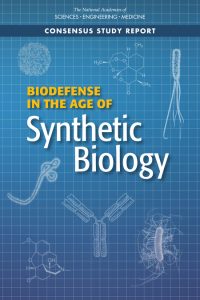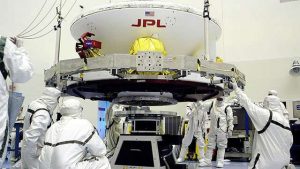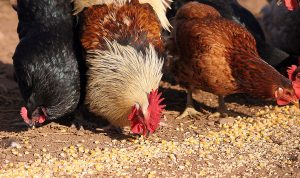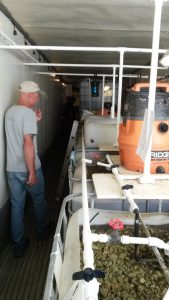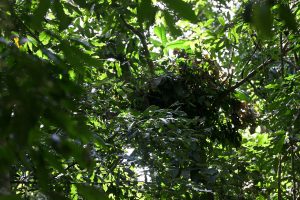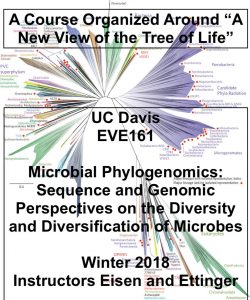New report on Synthetic Biology from the National Academies of Sciences, Engineering and Medicine that may be of interest. Synthetic biology expands the possibilities for creating new weapons — including making existing bacteria and viruses more harmful — while decreasing the time required to engineer such organisms, concludes a new report by the National Academies …
Question of the day. Where do we draw the line in terms of privacy when sampling sewer systems? I have had some major concerns about microbiome studies using sewer system samples in the past. And of course people are trying to use sewer system studies to look at all sorts of other epidemiology related data. …
I’m going to guess that most people reading this have at least heard of Twitter, if not used it themselves. Presidents tweet government policy, literal revolutions have been fostered on Twitter, and celebrity feuds consume the tabloids. But what is it? And how might it help your science? Twitter is just a platform… on the …
This is really fascinating: Source: Team discover how microbes survive clean rooms and contaminate spacecraft Hat tip to Elisabeth Bik for posting about this on Twitter So cool: microbes actually feed on the cleaning products. Also cool: undergraduates as authors. Team discover how microbes survive clean rooms and contaminate spacecraft https://t.co/ox4kMawHko — Elisabeth Bik (@MicrobiomDigest) June …
Twitter Logo: Wikimedia Commons Public Domain Thought this might be of interest to various folks. I made a Twitter moment regarding a discussion about microbial genome annotation methods. Microbial Genome Annotation Methods https://platform.twitter.com/widgets.js
So we recently had two problems with a common solution: #1, we hadn’t had a lab social function in awhile #2, we wanted to try using the MinION sequencer in a “field” setting, but weren’t quite ready to try it without electricity on hand. The obvious solution, have the entire lab over to my house …
So yesterday morning, Jonathan Eisen and myself headed down to Antioch, CA to sample a pilot wastewater treatment facility. In a couple of hours I went from knowing literally nothing about the process to having some handle on at least the latter stages. Pretty cool microbiology. As I understand the problem at hand, conventional wastewater …
Interesting new article from Rob Dunn’s lab about the microbial and arthopod communities associated with chimpanzee beds. The article itself is clearly pitched within a microbiology of the built environment context… highlighting the fact that we haven’t really looked much a non-human constructed artificial environments. Pretty cool stuff! The outpouring of press on the topic …
Received this in the mail from Katie Bowman at NAS. Looks like a program with a lot of MoBE related material considering the sessions are “Big Data”, “Water Systems”, “The Microbiome”, “Air Quality”, and “Next Generation Buildings and Infrastructure”. Details below are from the e-mail. Dear Colleagues, The U.S. National Academies of Sciences, …
So – just a quick post for now. More details to come. But I wanted to get a little bit about this out there. For a few years I have been teaching a mid-level course at UC Davis on “DNA sequencing based studies of microbial diversity’. The course has evolved over the years from a …
